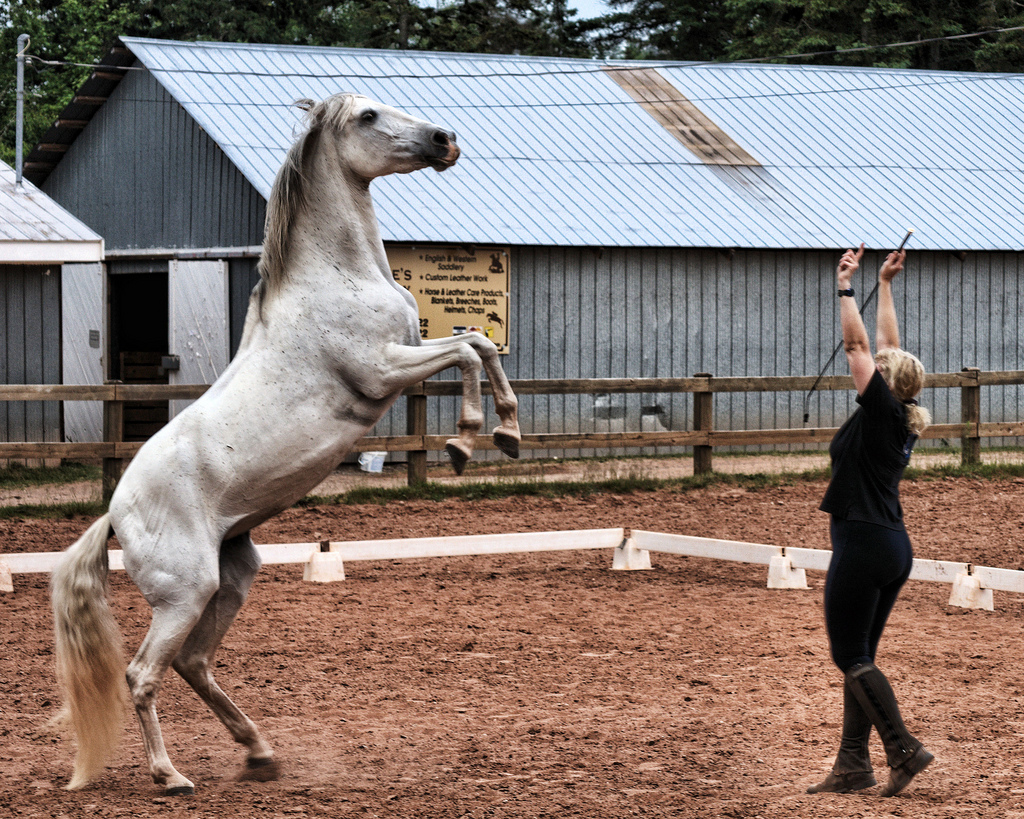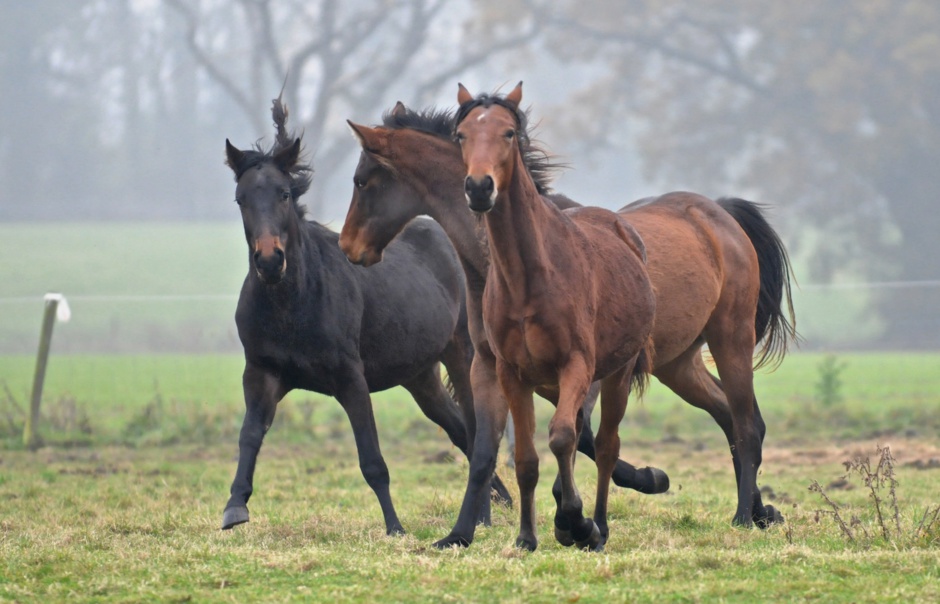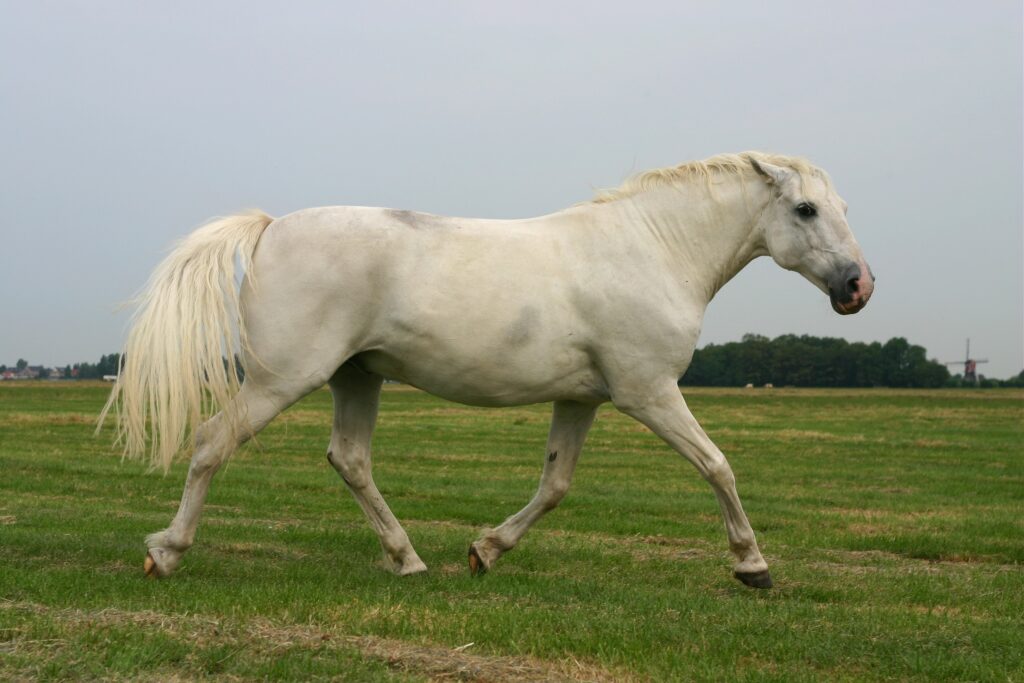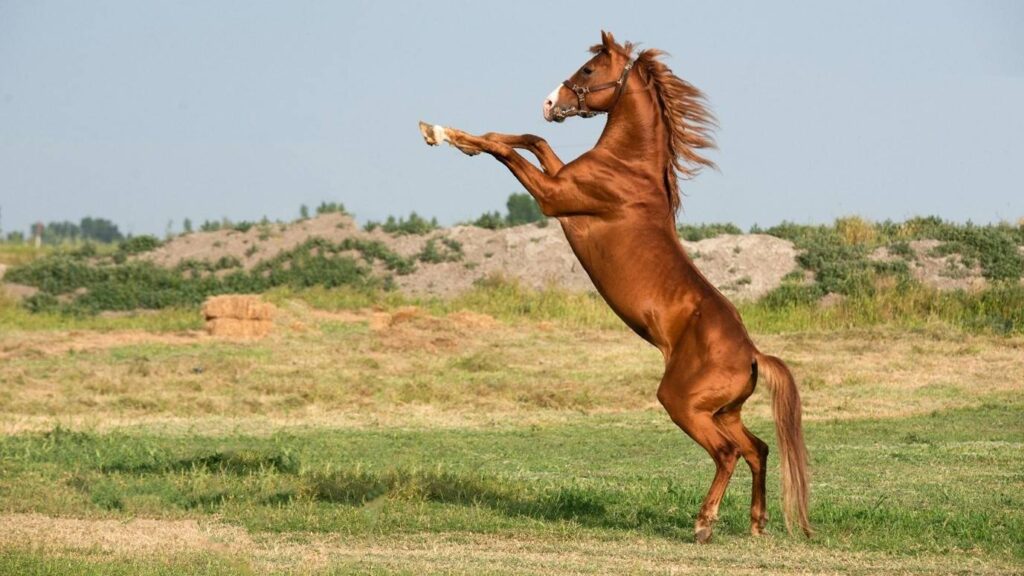When it comes to training horses, the debate on halter vs bridle training is a common one among enthusiasts and professionals alike. Both methods have their unique advantages and challenges, and understanding these can significantly impact how effectively you train your horse.

Understanding Halter Training
Halter training involves teaching a horse to respond to commands through the use of a halter, which is a simple piece of equipment placed over the horse’s head. This method is typically the first step in a horse’s training journey.
Benefits of Halter Training
Halter training is fundamental for establishing a strong foundation in young horses. It helps in developing trust and communication between the horse and the handler. According to Advanced Equine HV, this method is crucial for teaching basic commands and encouraging calm behavior.
Challenges of Halter Training
One of the main challenges is that it requires patience and consistency. Horses may initially resist the halter, making it essential for handlers to be gentle yet firm.
Exploring Bridle Training
Bridle training involves using a bridle, which includes a bit and reins, to guide the horse. This method is typically introduced after a horse is comfortable with halter training.
Advantages of Bridle Training
Bridle training allows for more precise control and communication. It is especially beneficial for advanced riders who wish to perform complex maneuvers. The bridle provides direct contact with the horse’s mouth, enabling more nuanced guidance.
Challenges of Bridle Training
Introducing a bit can be uncomfortable for some horses, and it requires a skilled handler to ensure the horse does not experience discomfort. According to Wikipedia, it’s important to ensure proper fit and use to prevent any pain or resistance.
Comparing Halter vs Bridle Training
Deciding between halter vs bridle training depends largely on the horse’s age, temperament, and the goals of the training. Halter training is generally more suitable for beginners and young horses, while bridle training is ideal for more advanced stages.
When to Use Each Method
For young or inexperienced horses, starting with halter training is recommended. Once the horse is comfortable and responsive, transitioning to bridle training can help achieve more advanced training objectives.
Integrating Both Training Methods
Many trainers find success in integrating both methods for a comprehensive approach. This can help horses become well-rounded and adaptable to different situations.
Developing a Training Plan
Creating a tailored training plan that incorporates both halter and bridle methods can address the specific needs of the horse. By gradually introducing new elements, handlers can maintain a positive learning environment.
Tips for Successful Training
Success in training often comes down to understanding your horse’s unique personality and needs. Patience, consistency, and a gentle approach are key. For more tips on building a strong relationship with your horse, check out Gain Horse Trust.
Common Mistakes to Avoid
Avoid rushing the training process or forcing the horse into uncomfortable situations. Additionally, ensure that all equipment fits properly and is used correctly to prevent discomfort or injury.
Conclusion: Making the Right Choice
Ultimately, the choice between halter vs bridle training should be based on the individual needs of your horse and your training goals. By understanding the benefits and challenges of each method, you can create a training plan that fosters trust, communication, and skill development.
Additional Resources

FAQs
What is the main difference between halter and bridle training?
Halter training primarily focuses on groundwork and basic commands, using a halter, while bridle training involves more advanced maneuvers with the use of a bit and reins.
Can a horse be trained using both halter and bridle methods?
Yes, integrating both methods can provide a comprehensive training approach, helping the horse become well-rounded and adaptable.
How long does it typically take to transition from halter to bridle training?
The transition depends on the individual horse and its progress. It’s important to move at a pace that is comfortable for the horse to ensure effective learning.
This article contains affiliate links. We may earn a commission at no extra cost to you.







